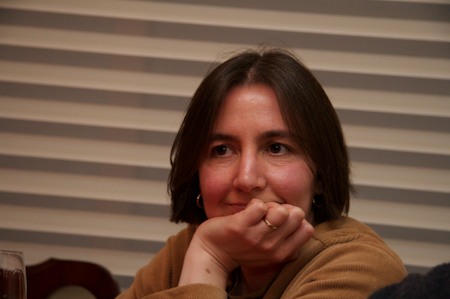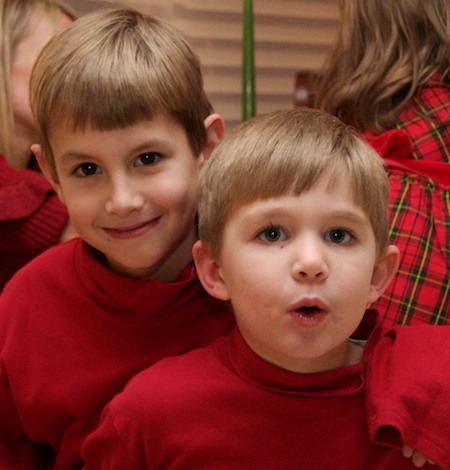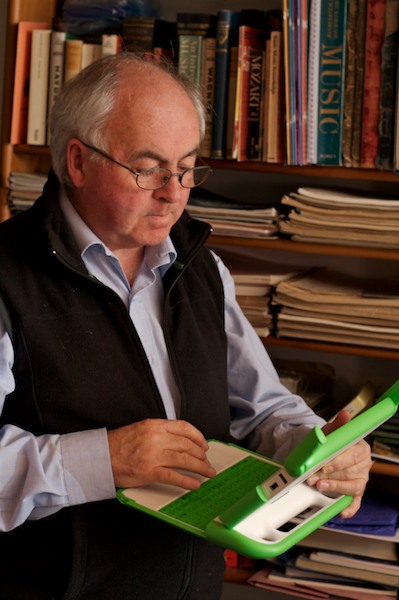For several years I have avoided the use of flash in my photography. In the past I have totally failed to get any flash-based photos with which I was even remotely satisfied, and so had relied on high-ISO settings and various cunning camera-steadying techniques to allow me to shoot with ambient light alone. Some of my cameras have built-in flashes which I’ve never used. Light sources so close to the lens are bound to make things look flat, and they don’t generally have enough oomph to illuminate much beyond the subject’s nose…
But I knew that flash photography is not bad in and of itself. I’ve been shot a few times by professional photographers who get great results (given the limitations of the subject matter) with extensive use of flash, so it had to be my use of it that was the problem. Fortunately, the state of the US economy means that photographic equipment there is almost half the price of the UK, so I treated myself to a decent flashgun (a Canon 580EX) for Christmas, and started experimenting on various friends and family.

I’m still learning, but my flash photos are starting to look a bit less like those earlier momentos of undergraduate parties, where once-pretty girls became all-white zombies against a dark background.

I’ve given these a fairly natural light, but because I’m shooting RAW it’s easy to tweak the white-balance if wanted in post-processing.
Today, John also got a new toy, so he played with his, while I played with mine:

All of the above were indoor December-evening shots, lit primarily by flash. The number one rule, I’ve found, is always to bounce the flash off something. There are relatively few occasions where you want the flashgun pointing directly at your subject. If your flashgun won’t twist or tilt, use a shoe adaptor or cable that will allow it to do so. You may lose some of the auto-metering features of your flash and have to do more manual tweaking, but it will be worth it.
I have a lot to learn yet, but there are plenty of resources out there to help. In particular, there’s several pages of good tutorial on Neil van Niekerk’s site. He does a great deal of wedding photography, almost all of it with flash, and has some splendid pictures and many useful tips for amateurs like me.
Welcome to the flash gun club. There is a downside – rooms with very high ceilings!
Nice pictures, especially the contrast between traditional books and a modern computer.
Yes, I think I may have to invest in one of those small collapsable reflectors for use in places where the ceilings or walls are out of reach!
Or, you could try a Stofen Omnibounce (www.stofen.com) diffuser where you are unable to bounce of the ceiling – or, the budget solution, a small piece of white card fixed to the rear of the flashgun with an elastic band and poking a couple of inches into the air (as seen on many a Fleet Street photographers’ flash gun).
Thanks Steven – yes, I’ve wondered about an Omnibounce. My flash also has a small white card that can be extended, but I think this is really a catchlight: designed to put a gleam in the subject’s eyes more than to deflect significant amounts of light in their direction.
Still, I think the reflective surface probably has to be substantially larger than the flash head if one is to avoid the harsh shadows produced by point sources.